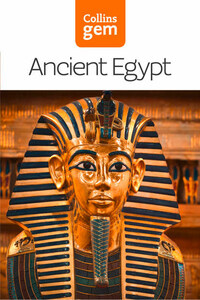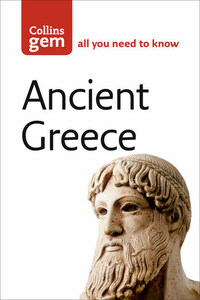INTRODUCTION
The civilization of the ancient Egyptians has fascinated the popular imagination since serious interest was first paid to the archaeological remains of Egypt during the nineteenth century.
CRACKING THE HIEROGLYPHIC CODE
For many centuries, knowledge of Egyptian civilization was incomplete, depending largely upon accounts left by Greek historians in classical times, and mystery surrounded the pyramids and other relics of Egyptâs distant past. However, late in the nineteenth century, after much study, the curious hieroglyphics that the ancient Egyptians left behind them in tombs and temples were decoded, opening the door to a greater understanding of a society that was always known to have been rich in cultural and scientific achievements.
Daily life in ancient Egypt
The details of daily life of the people living on the banks of the Nile some 3,000 years ago have become accessible to us through the work of generations of archaeologists and other Egyptologists. Long-forgotten pharaohs, together with their mummified remains, have re-entered popular folklore and have become the inspiration for numerous plays, novels and films as well as historical studies. Egyptian hieroglyphics and artistic styles have become widely familiar, and in the 1960s and 1970s millions of people round the world flocked to see the fabulous treasures found in the tomb of Tutankhamun when they were exhibited on tour.
Ancient Egyptian culture
The amazing state of preservation of many objects (including mummified bodies) dating back thousands of years has brought modern generations into direct contact with the ancient Egyptians, making their world seem much more real and immediate to us than many other societies of equal antiquity.
As a result, the cultural influence of the ancient Egyptians continues to be felt even today, while Egypt itself attracts thousands of tourists every year, all eager to see the monuments, tombs and other sites that still bear witness to one of the worldâs earliest and most fascinating great civilizations.
Dating
It should be noted that experts and archaeologists continue to debate the exact dates of events in ancient Egyptian history. The dates given in this book reflect current opinion about when things happened, but other books may offer slightly different dates.
THE VALLEY OF THE NILE
Little rain falls in the north-west corner of Africa where Egypt is located. Without the River Nile, Egypt would be little more than an uninhabitable hot sandy desert, and there would never have been an ancient Egyptian civilization, which sprang up along its banks.
Many thousands of years ago, Egypt was mainly swampland, but as the climate grew drier the Nile retreated, leaving a strip of fertile soil on both banks. This soil was refreshed each year by the floodwaters that covered the fields with rich black mud in which plants grew readily. The early settlers learned to farm this land and to construct canals and dykes to regulate the flow of water. Towns sprang up along the length of the Nile, the river providing the people with drinking water as well as water for crops.











